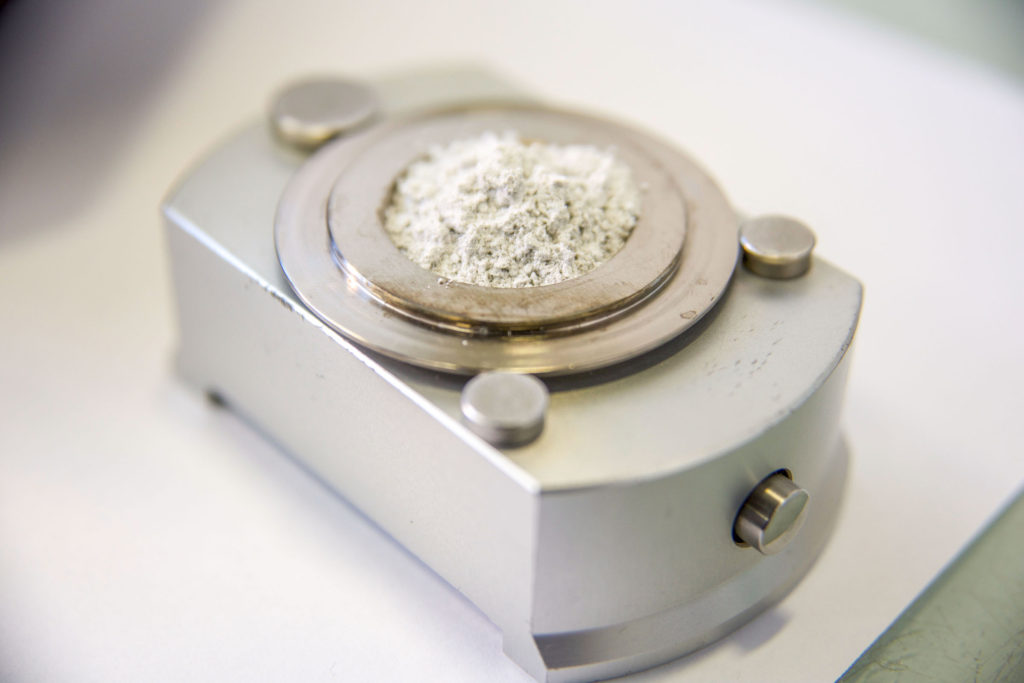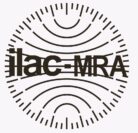
Other information that can be gleaned from an XRD trace includes the degree of weathering or alteration, crystallite size, substitution, degree of disorder and the amorphous content.
XRD techniques vary from qualitative to semi quantitative through to full Quantitative Rietveld analysis. Each technique will deliver different levels of accuracy and precision proportional to the amount of work required to improve accuracy through sample preparation, instrument running and analysis.
One of the most challenging areas for phase identification is clay speciation. Due to the poor crystallinity and irregular ordering of some clay groups, identification may require further work involving glycolation, heat and other techniques.
The techniques we frequently utilise are:
- Qualitative XRD where the phase identification is conducted and the minerals are classified as major, minor and trace.
- Semi-quantitativein which the phase identification includes a concentration which is calculated using the normalized reference intensity ratio method where the intensity of the 100% peak divided by the published I/Ic value for each mineral phase is summed and the relative percentages of each phase calculated based on the relative contribution to the sum. An estimation of the amorphous content can also be given.
- Spiked semi-quantitative which is similar to a standard semi quant with a higher confidence in the concentration values and the estimate of the amorphous content.
- Quantitative XRD analysis using an internal standard, with Rietveld analysis to give the highest confidence possible in the concentration of phases and amorphous content determined.
- Crystalline silica determinations for alpha quartz, cristobalite and tridymite. A full phase identification is performed to check for overlaps that may be present from phases present. A specific peak scan is then performed with this result compared against a five point calibration curve to produce a value of each crystalline silica phase present.
- Clay speciation. A Semi-quantitative analysis is performed followed by gylcolation and heating to determine specific clay groups.
- Respirable free silica determination. A semi-quantitative analysis is performed on the respirable fraction and is combined with particle size determination and is checked using scanning electron microscopy.
- Comparative XRD. If there is no entry in the databases for the compound you examining but you’re have or can construct a suitable reference pattern standard, then this technique would still be of value to you.
- Specific mineral semi-quantitative analysis. The phase(s) of interest are concentrated through solvent washing, heavy liquid separation, magnetic separation or other specific techniques to give better confidence in the identification or to enhance XRD features to study substitution.
Ian Davies – Analytical Scientist






